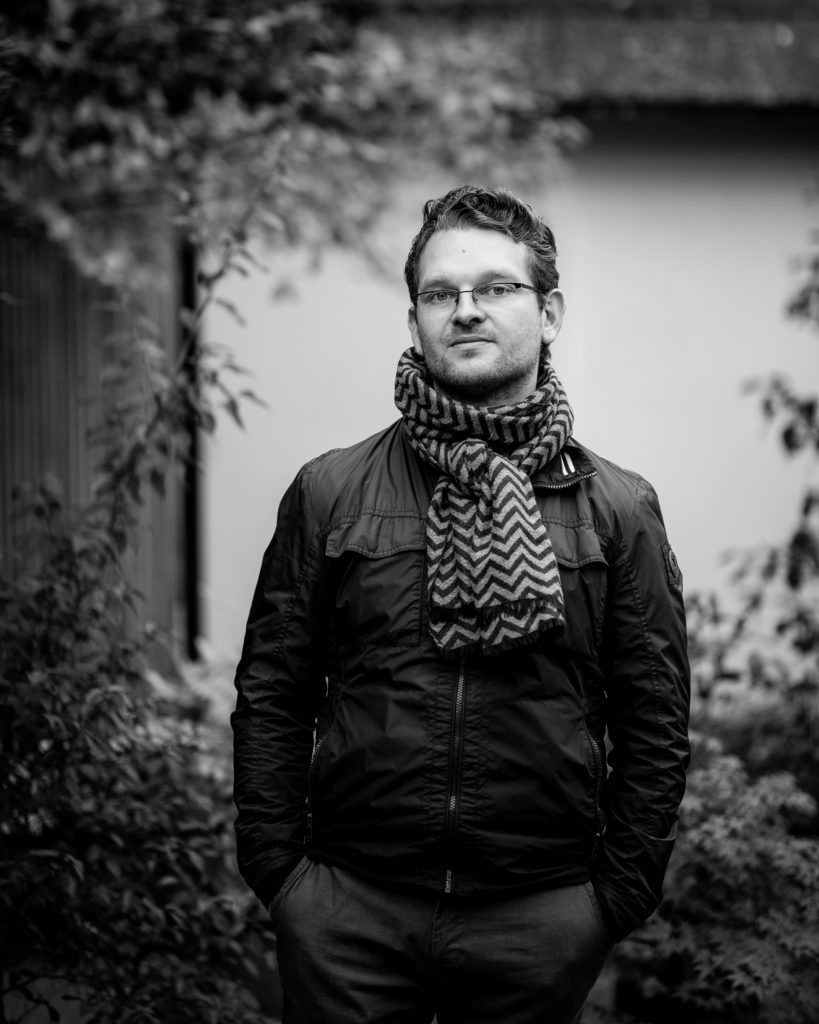About
Originating from Zen Buddhism, Japan has developed various aesthetic principles—one of them is mono no aware, the beauty found in impermanence. While Western culture often links impermanence with loss and death as a final, sorrowful end, Zen teaches a different view: everything is in constant, flowing transformation. Death is seen not as an end, but as part of life’s ongoing rhythm. Every moment is understood as a unique and complete expression of life—brief, fragile, and therefore profoundly precious. Because we in the West often associate change with sadness or decline, we may resist it. Mono no aware offers another way: to meet transience with acceptance and even appreciation. It’s an invitation to fully experience the present—to see beauty in its fleeting nature. This is also the foundation of my photographic work. My intention is to awaken this kind of awareness in the viewer—to slow down perception and encourage a more attentive way of seeing. I’m interested in the quiet, in-between moments of life, where meaning reveals itself in subtle gestures and ordinary things. Rather than just depicting reality as it is, I aim for a poetic interpretation of the world. My photography becomes a medium for emotion and atmosphere—an exploration of what lies beneath the surface. To support this, I’ve developed a visual language that leans toward minimalism and stillness. I work primarily in specific weather and light conditions—fog, snow, and overcast skies—where the diffused light softens contours and mutes detail. This creates images with a calm, almost painterly quality. I often use overexposure or long exposures to push the image further away from realism, and closer to suggestion. These techniques help me express what cannot be said directly—the unspoken, intangible essence of a moment. Landscapes and objects become projection surfaces: for my thoughts, and just as importantly, for those of the viewer.
